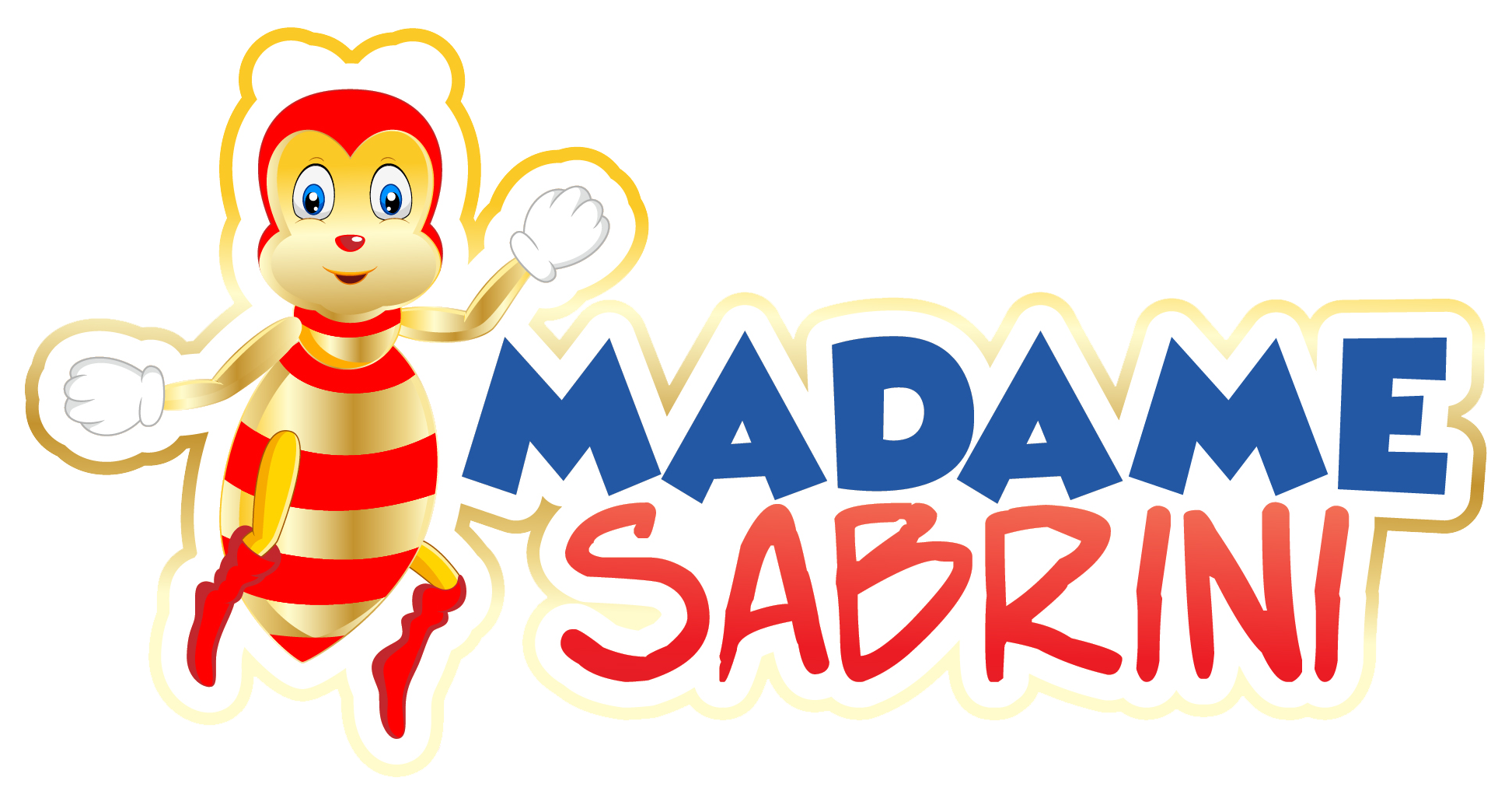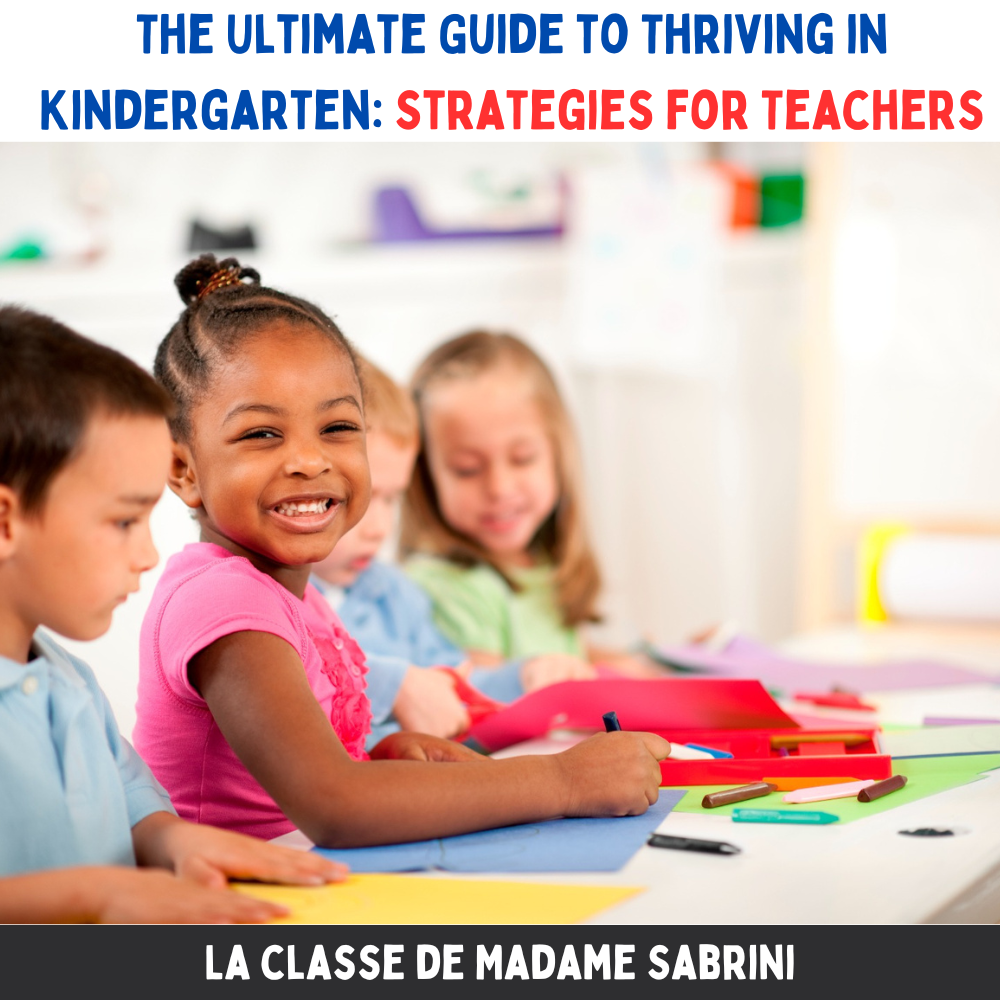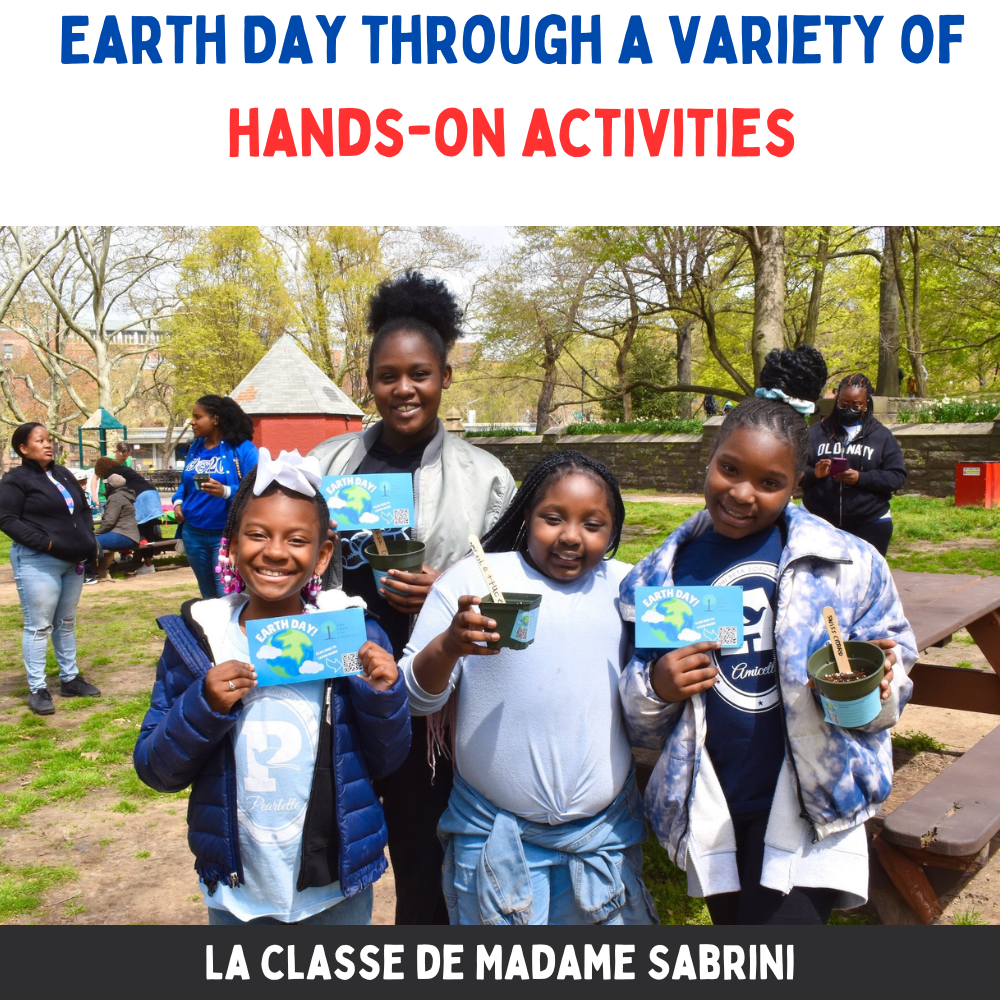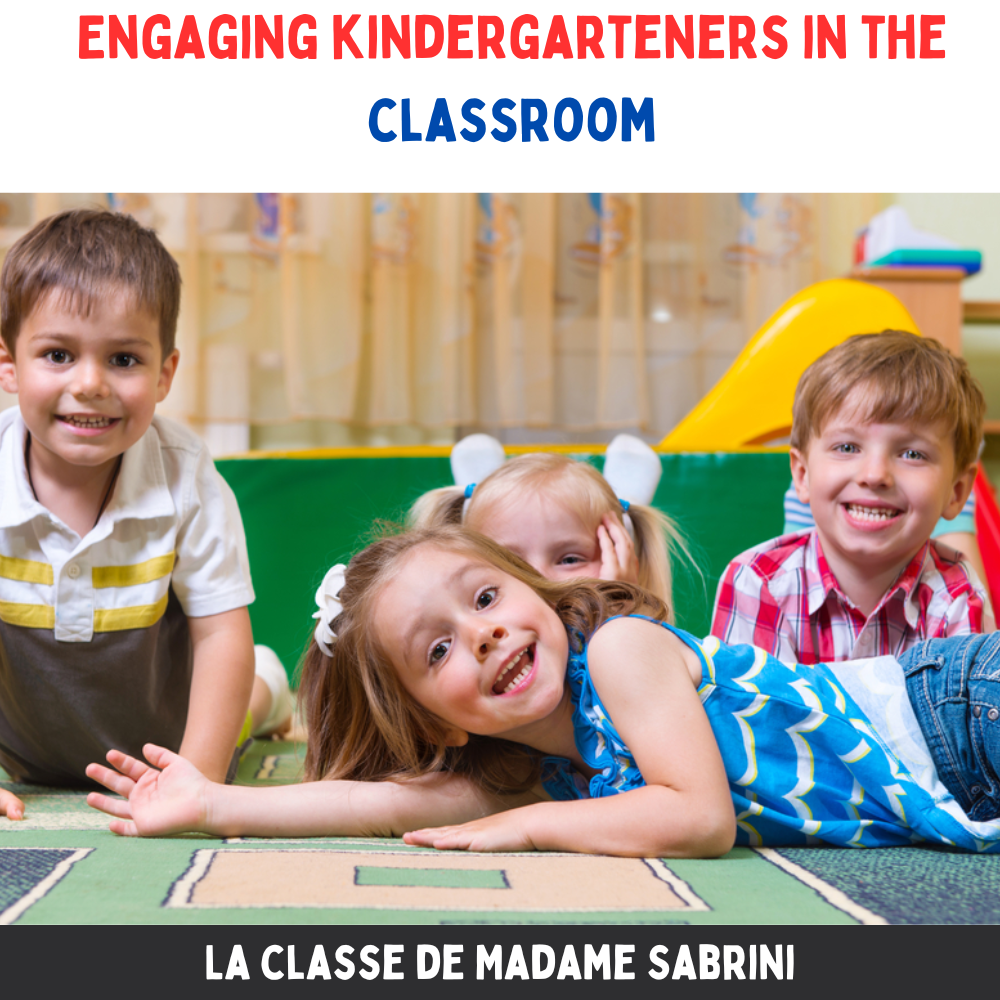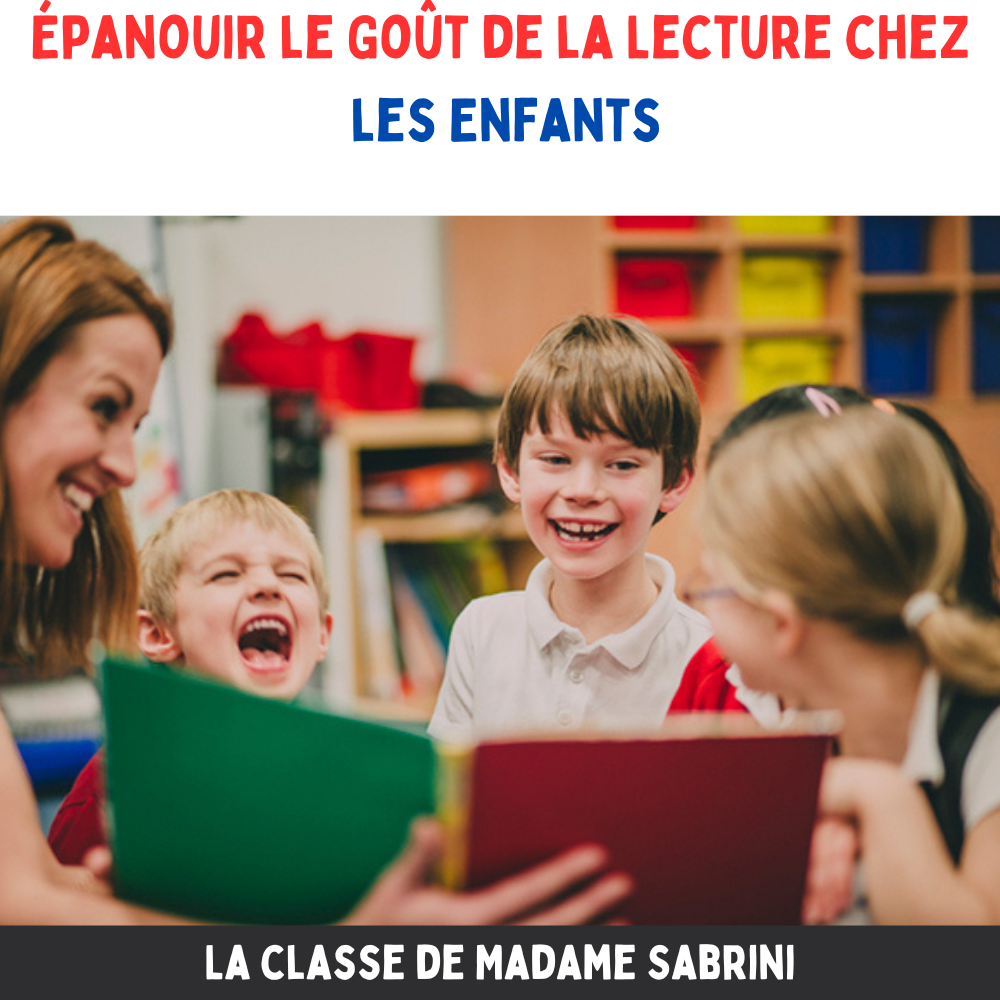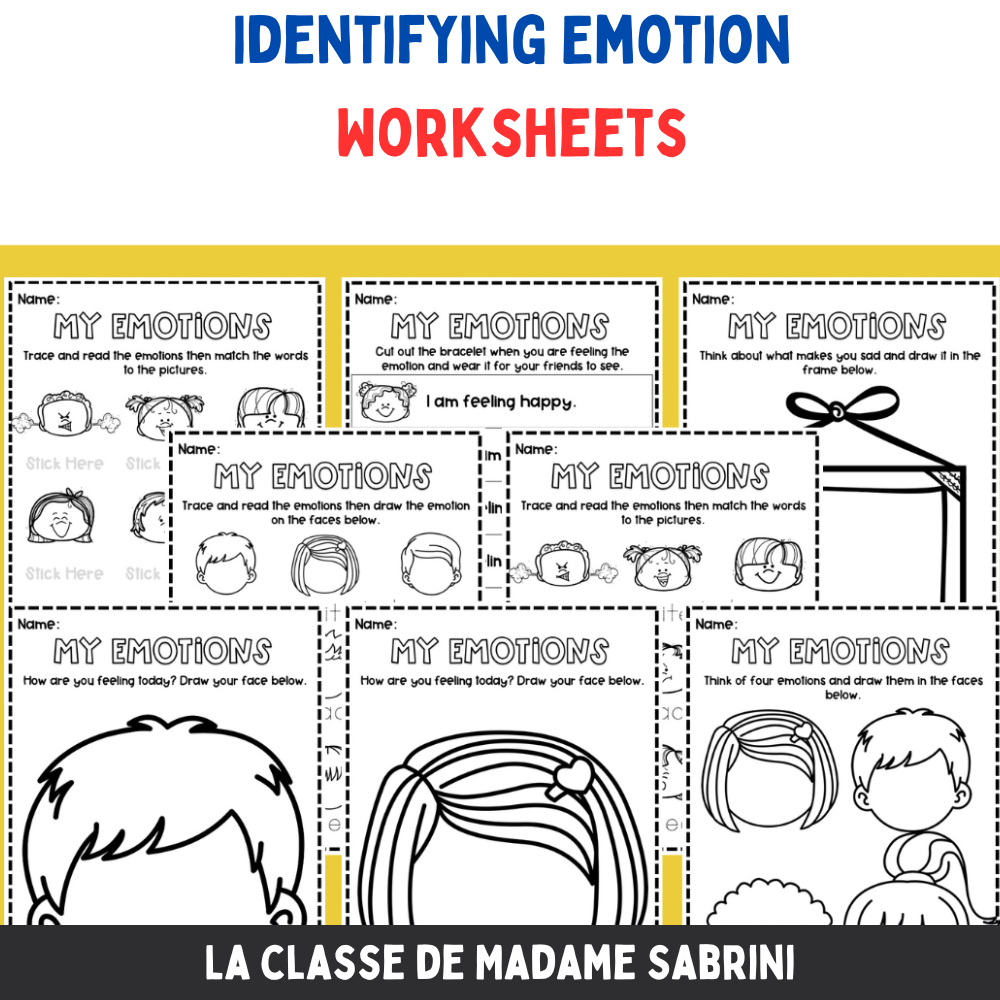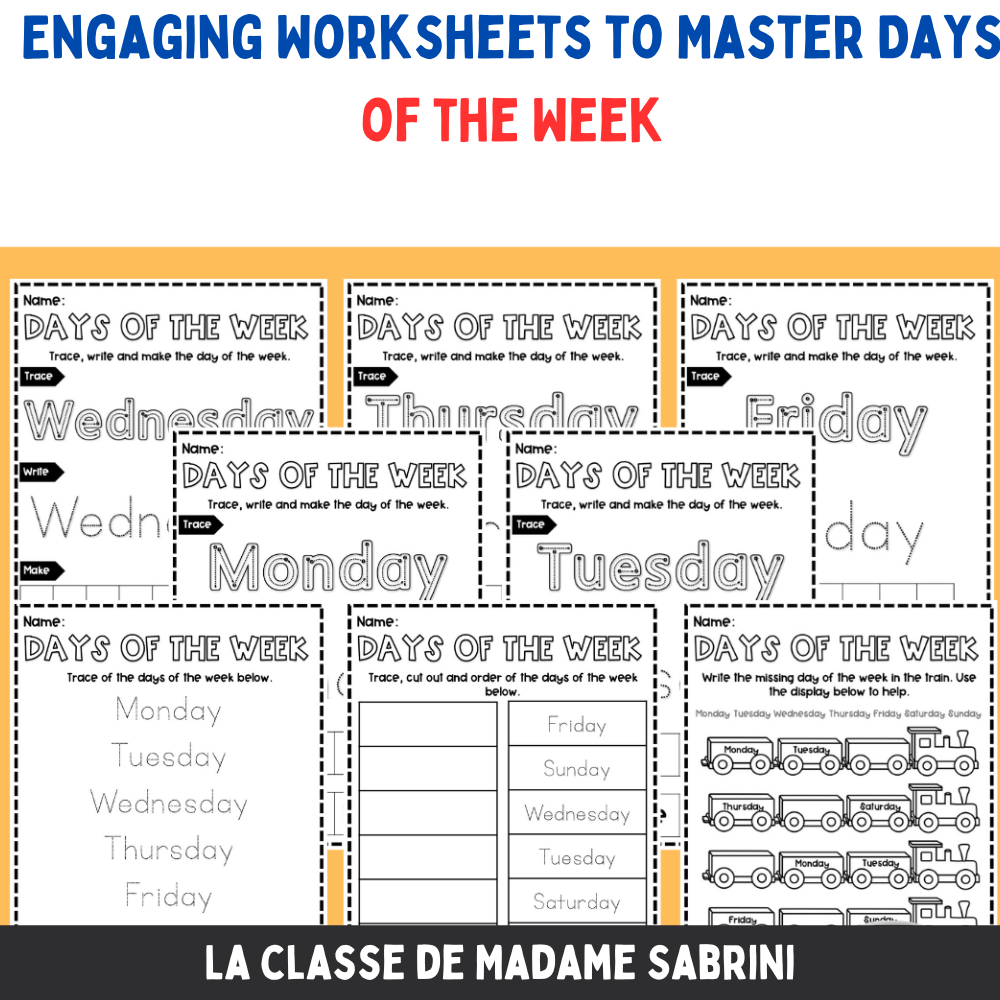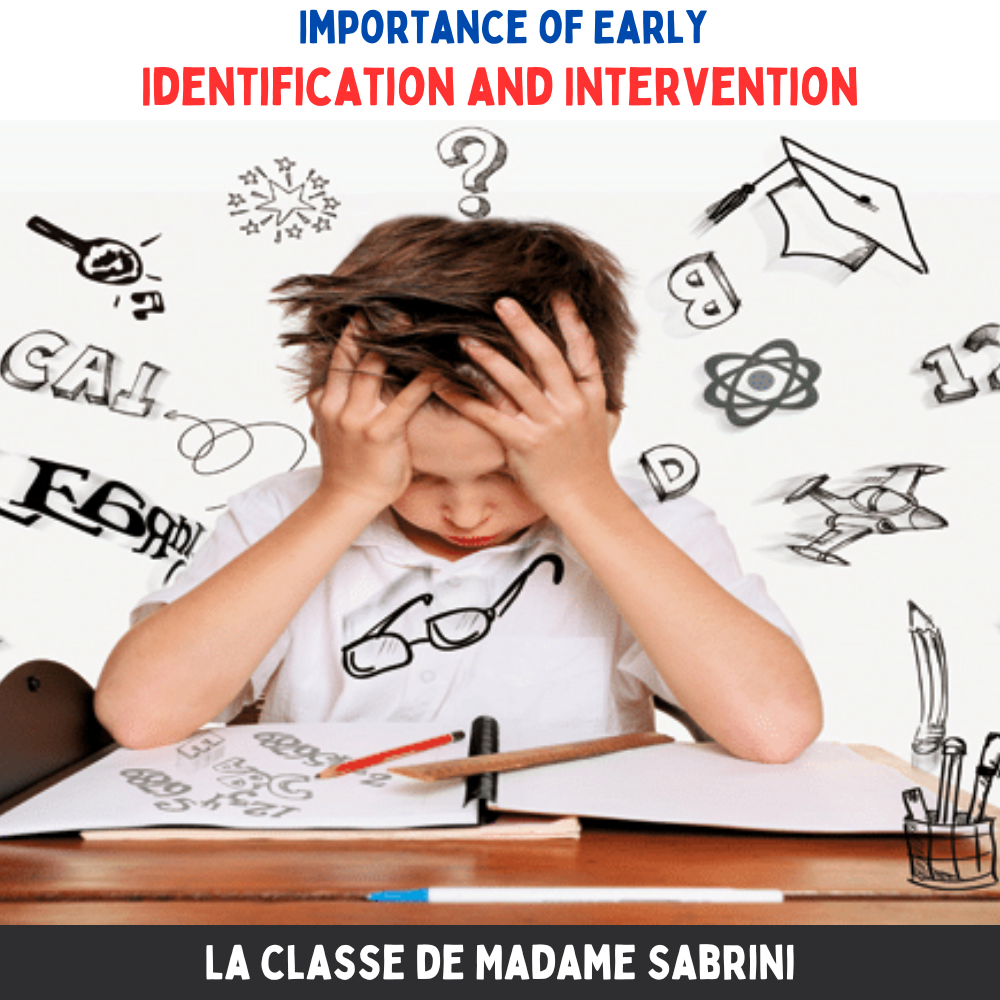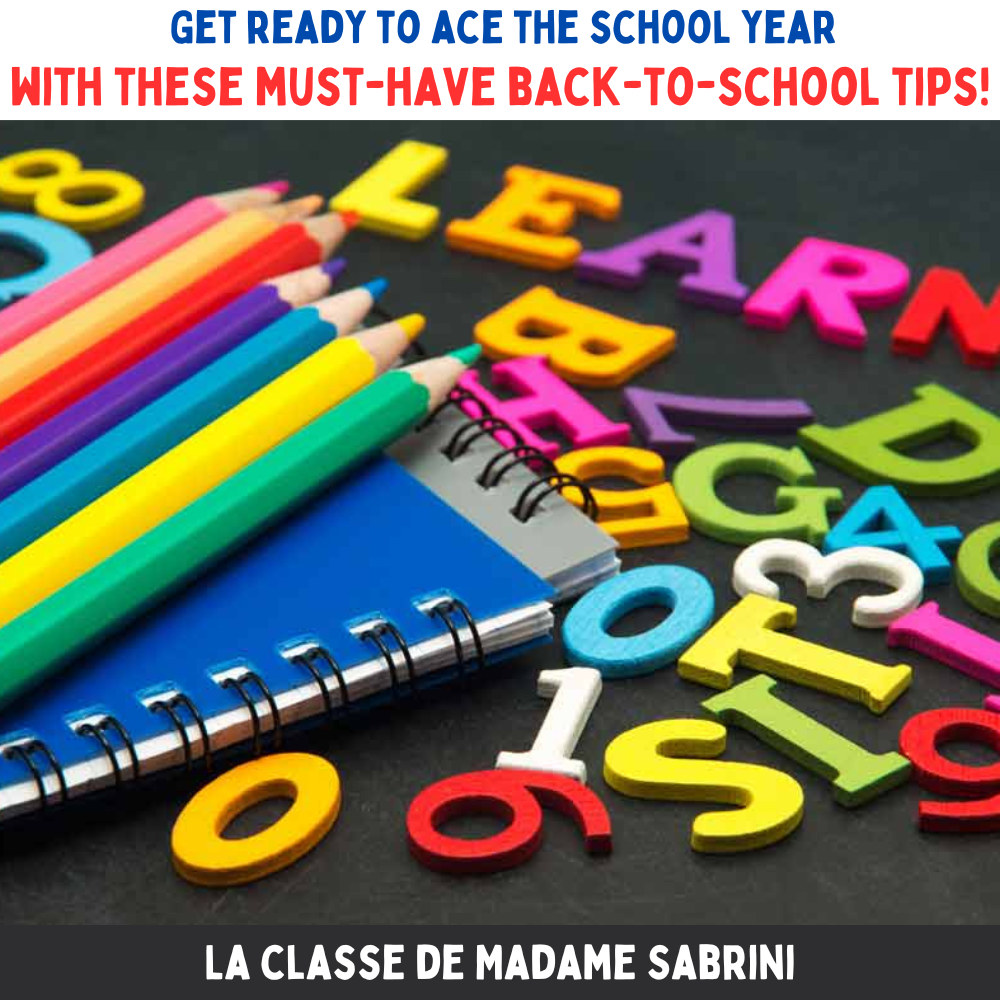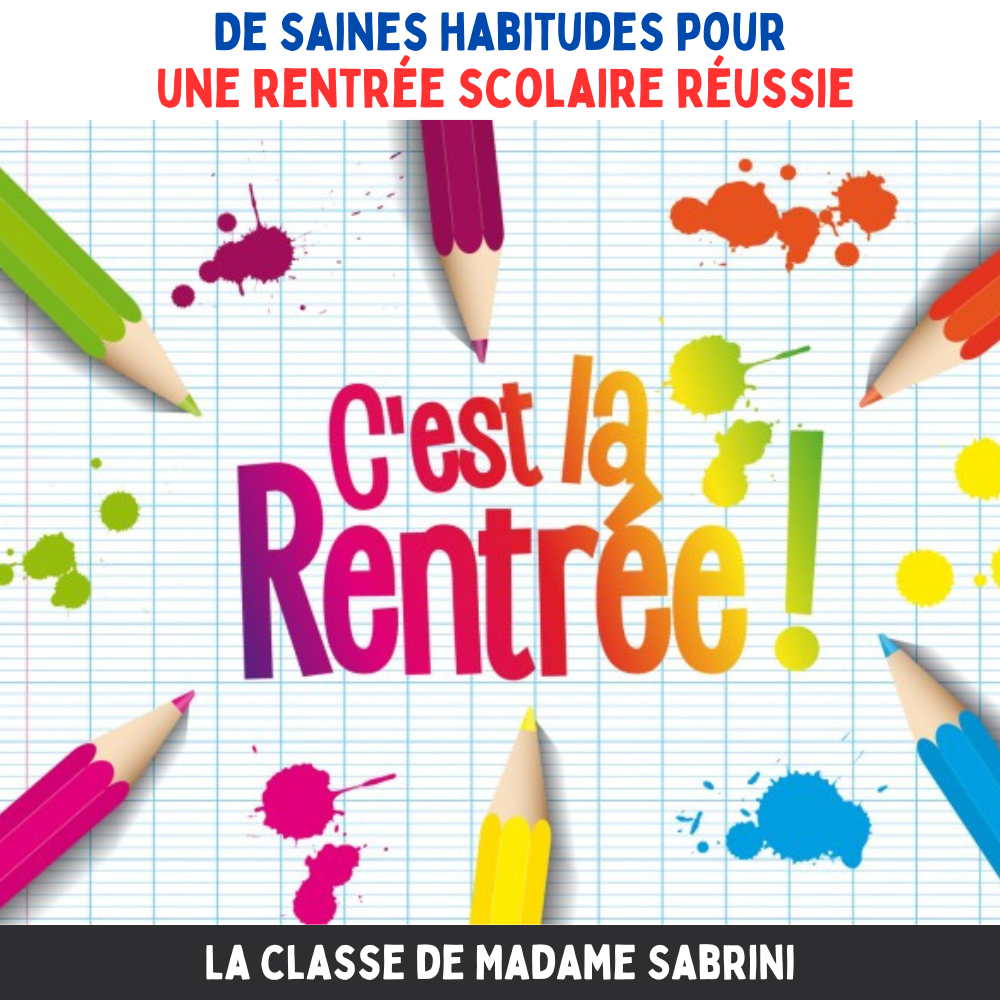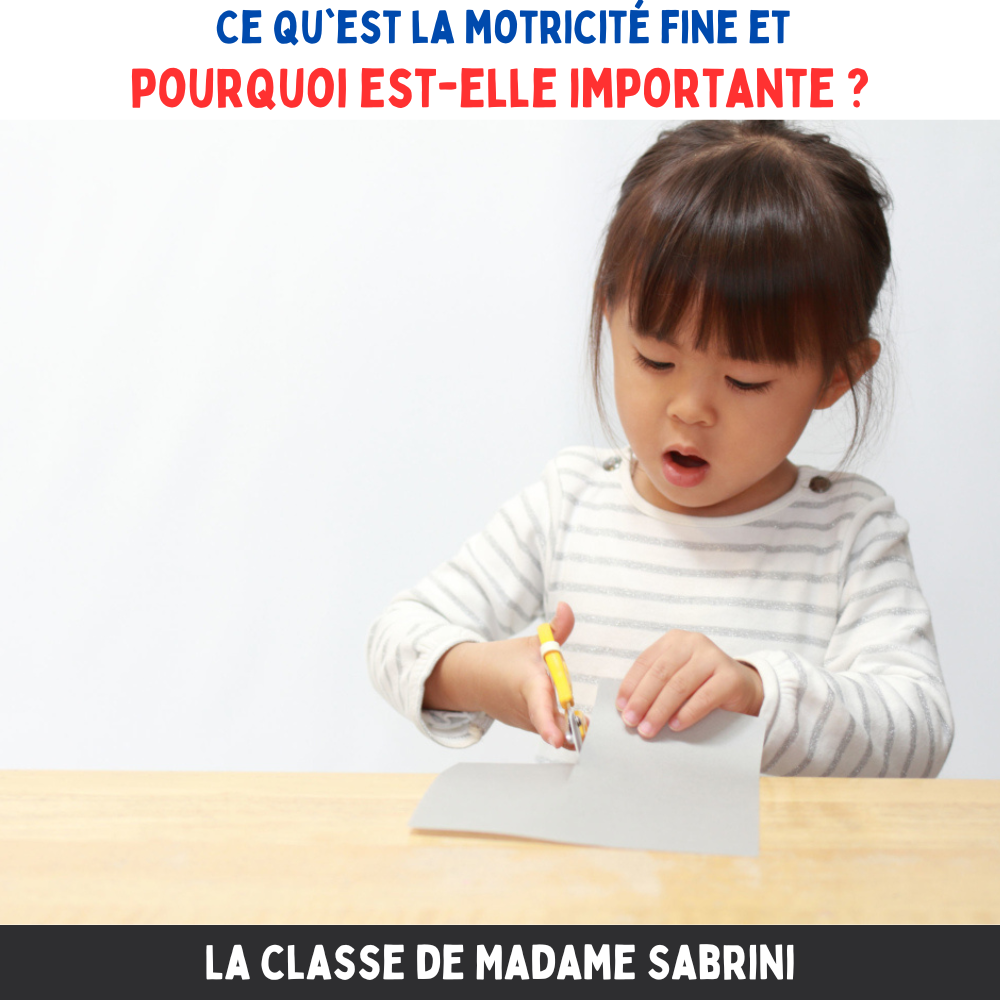Strategies for Teachers
Welcome to your go-to resource for mastering the art and science of kindergarten! Teaching at this level is as much about education as it is about nurturing growth and development in our youngest learners. It’s a magical time of exploration and excitement, not just for the kids but also for you, the teacher. The secret […]
Strategies for Teachers Read More »
